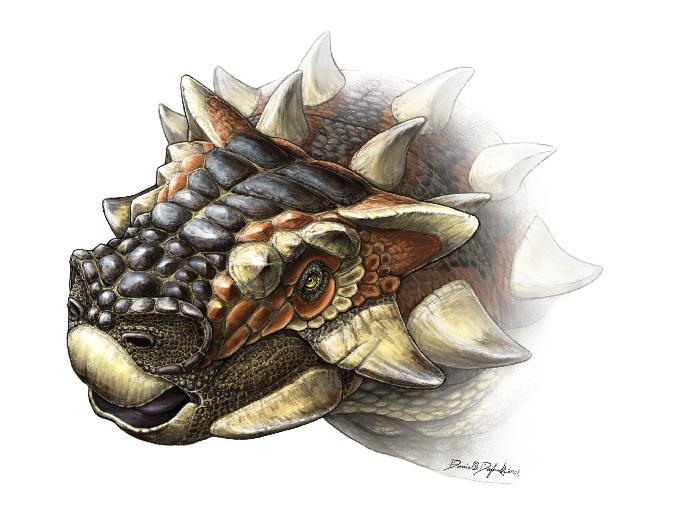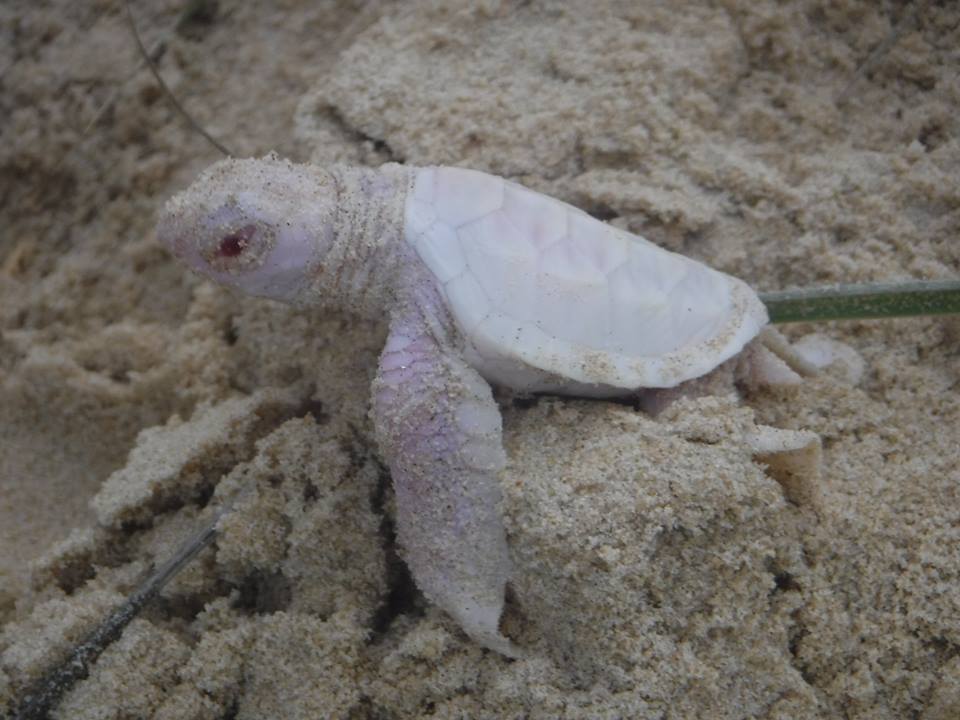Ankylosaurs were the armoured dinosaurs that once teemed in the Gobi Desert in southern Mongolia. And now, researchers have finally identified and named a new member of the species.
Zaraapelta nomadis, which sports an elaborate, even “ostentatious” pattern of bumps and spikes on its skull, was actually found in 2000 by world-famous fossil hunter Philip Currie from the University of Alberta. His team member, Victoria Arbour, who has become the go-to person in the world of ankylosaur anatomy, named the new species in the Zoological Journal of the Linnean Society.
According to the researchers, members of this dinosaur family may have evolved with such “distinctive ornamentation” in order to show off to members of the opposite sex.
“The horns and bumps on their skulls showed that they were a good mate to choose, in the same way that male peacocks use their tail feathers,” Arbour said in a statement.
The skull is well-preserved, only missing the front of the snout, and is now part of the collections of the Mongolian Paleontological Center in Ulaanbaatar.
The name Zaraapelta is a combination of the Mongolian and Greek works for “hedgehog” and “shield,” while “nomadis” refers to the Mongolian company Nomadic Expeditions, which facilitated paleontological fieldwork in region for almost two decades.
Photo University of Alberta




